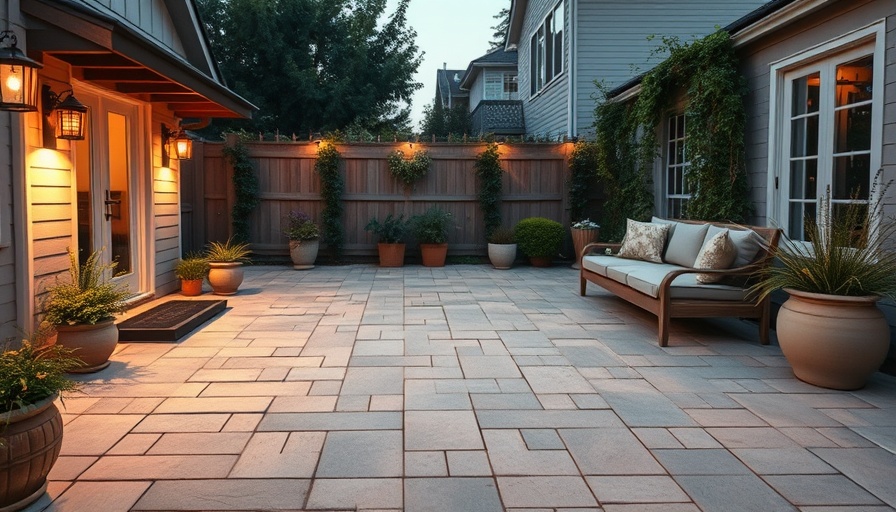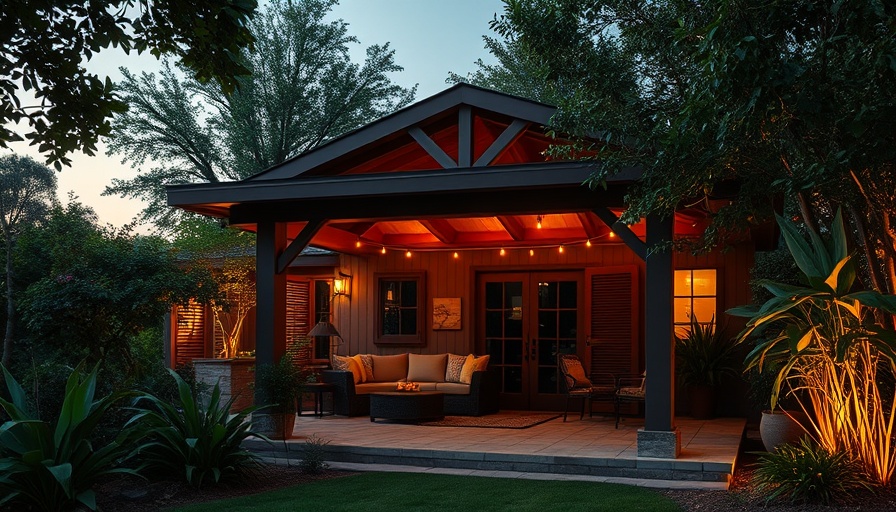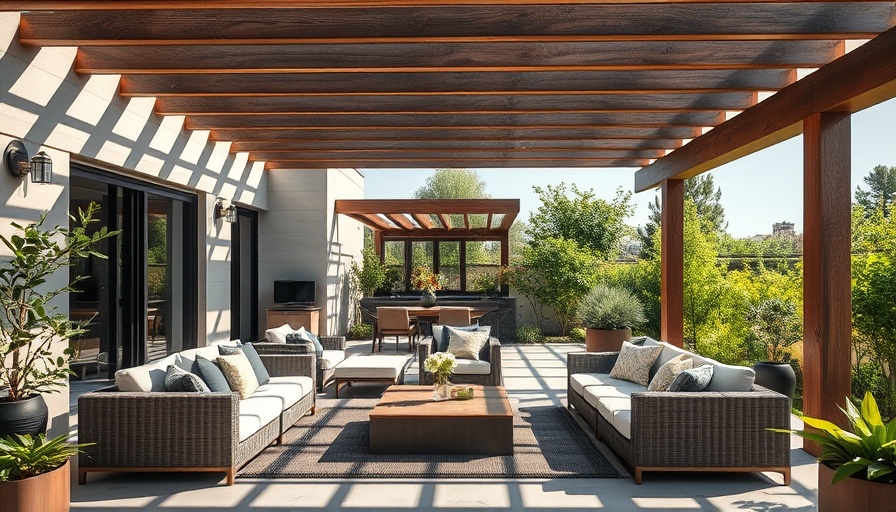
Understanding the Impact of Paver Color on Your Home's Curb Appeal
Choosing the right paver color goes beyond aesthetics. It can redefine your home's exterior and significantly enhance its curb appeal. In the vibrant Hampton Roads metropolitan area, where families value both style and comfort, the right shade can beautifully express personal style while harmonizing with the surroundings. This is especially vital in a region characterized by a blend of suburban and coastal lifestyles, where each home tells a unique story.
Navigating Paver Color Options
When it comes to selecting paver colors, understanding the broad categories can help simplify the decision-making process. Homeowners in Southeastern Virginia frequently gravitate towards three main types of colors: neutral, bold, and earthy tones. Each category brings its own set of characteristics that can enhance your patio, driveway, or walkway.
Neutral Colors: Seamless Elegance
Neutral tones such as soft grays, beiges, and whites are a favorite among families looking for a subtle yet stylish ambience. These shades blend seamlessly with natural surroundings, providing a serene backdrop for flowering landscapes or charming outdoor furniture. By opting for neutral colors, homeowners can create a sophisticated exterior that complements their home's architecture without overshadowing it.
Bold Colors: Making a Statement
If your family enjoys vibrant aesthetics, bold paver colors might be the perfect fit. Shades like vibrant reds, striking blues, and radiant yellows can add life and character to your home’s exterior. In communities where personal expression is vital, these eye-catching colors stand out, creating stunning outdoor spaces that invite warmth and creativity.
Earthy Tones: Embracing Nature
For those who appreciate a connection to nature, earthy tones such as terracotta, sienna, and umber evoke a distinct organic feel. These colors mirror the natural landscape, enhancing gardens and outdoor living areas. For many Hampton Roads families, these tones resonate well with the local environment while providing a cozy atmosphere ideal for gatherings with friends and neighbors.
Choosing the Right Shade for Your Family’s Needs
Ultimately, when selecting paver colors, consider your family’s unique needs and lifestyle. Pavers that are vibrant and bold might be great for entertaining, while neutral options are often more practical for everyday living. Think about how each color will work with your existing landscaping and home design to create a cohesive look.
What's Next? Enhance Your Outdoor Living Space
Now that you have a better understanding of how to choose the perfect paver color, it’s time to get inspired for your outdoor living space. Explore local suppliers and sample pavers in different lighting to see how they look at various times of the day. Gather ideas from your neighbors or community projects you admire, and confidently create an exterior that reflects your family’s essence.
As a final note, engaging with local contractors who understand Hampton Roads' unique aesthetics and styles can also add significant value. Don’t hesitate to reach out and start this exciting project to elevate your home!


